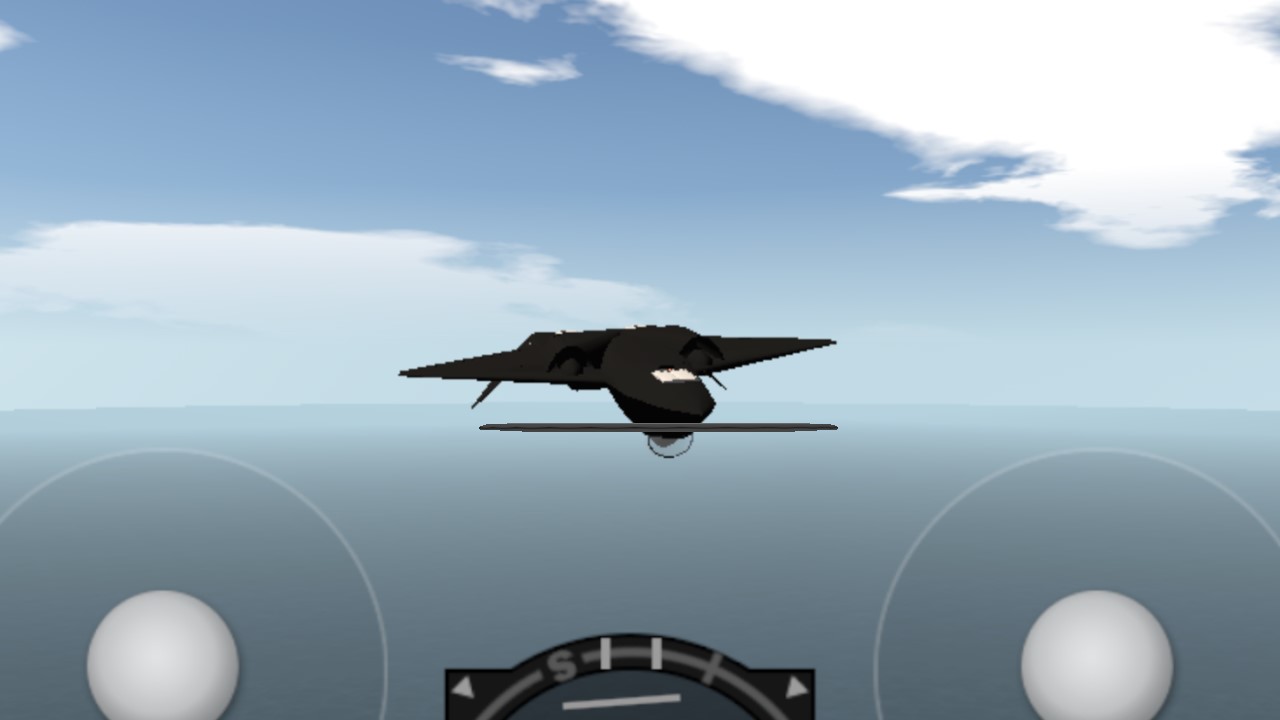The YF-23 was an advanced stealth fighter aircraft developed by Northrop Grumman and McDonnell Douglas in the late 1980s and early 1990s as part of the United States Air Force's Advanced Tactical Fighter (ATF) program. The purpose of the ATF program was to develop a next-generation fighter to replace the F-15 Eagle and counter emerging Soviet threats. Here are some key details about the YF-23:
Design and Development
Prototype Development: Two prototypes were built, designated as YF-23A. The first prototype was nicknamed "Black Widow II" and the second "Gray Ghost."
Stealth Features: The YF-23 incorporated advanced stealth technology to reduce its radar cross-section and enhance its survivability against enemy air defenses. It had a unique diamond-shaped wing and a V-tail configuration.
Engines: The prototypes were powered by different engines for evaluation purposes. The first used Pratt & Whitney YF119 engines, while the second used General Electric YF120 engines.
Performance: The YF-23 was designed to achieve high speeds and long range, with a maximum speed estimated at Mach 2.2 and supercruise capabilities (sustained supersonic flight without afterburners).
Competition and Outcome
ATF Program: The YF-23 competed against the Lockheed YF-22 in the ATF program.
Selection: Despite its advanced design and performance, the YF-23 was not selected. In April 1991, the YF-22 was chosen as the winner of the ATF competition, and it later evolved into the F-22 Raptor.
Reasons for Selection: The selection of the YF-22 over the YF-23 was influenced by various factors, including perceived advantages in maneuverability, avionics, and potential ease of production and maintenance.
Legacy
Prototypes: The two YF-23 prototypes are preserved in museums. One is at the National Museum of the United States Air Force in Ohio, and the other at the Western Museum of Flight in California.
Influence: While the YF-23 did not enter production, its design and technology contributed to the development of future stealth aircraft and have been studied for potential applications in other military programs.
The YF-23 remains a fascinating example of advanced aerospace engineering and a key chapter in the history of military aviation, demonstrating significant innovation in stealth and aerodynamics
CONTROLS:
normal flight controls but with smoketrail
CAUTION:for the best smoketrails keep vlicking the flares button or else the flares will cool down and die in ohio💀 not rlly i will vool dow and go away to prevent that keep vlicking flares button for a few seconds and then do some random acrobatic manuevers
ANOTHER CAUTION: if u do acrobatics too much or too fast the flares will fly away so pls don't do acrobatics too fas
Oh and btw last thing go to the eye and click revert invisible things then u can see plen
Specifications
General Characteristics
- Predecessor [[YF-23test kaka
- Created On Android
- Wingspan 42.5ft (13.0m)
- Length 68.7ft (21.0m)
- Height 15.6ft (4.7m)
- Empty Weight N/A
- Loaded Weight 12,982lbs (5,888kg)
Performance
- Power/Weight Ratio 47.777
- Wing Loading 44.4lbs/ft2 (216.6kg/m2)
- Wing Area 292.6ft2 (27.2m2)
- Drag Points 8366
Parts
- Number of Parts 355
- Control Surfaces 4
- Performance Cost 1,677




